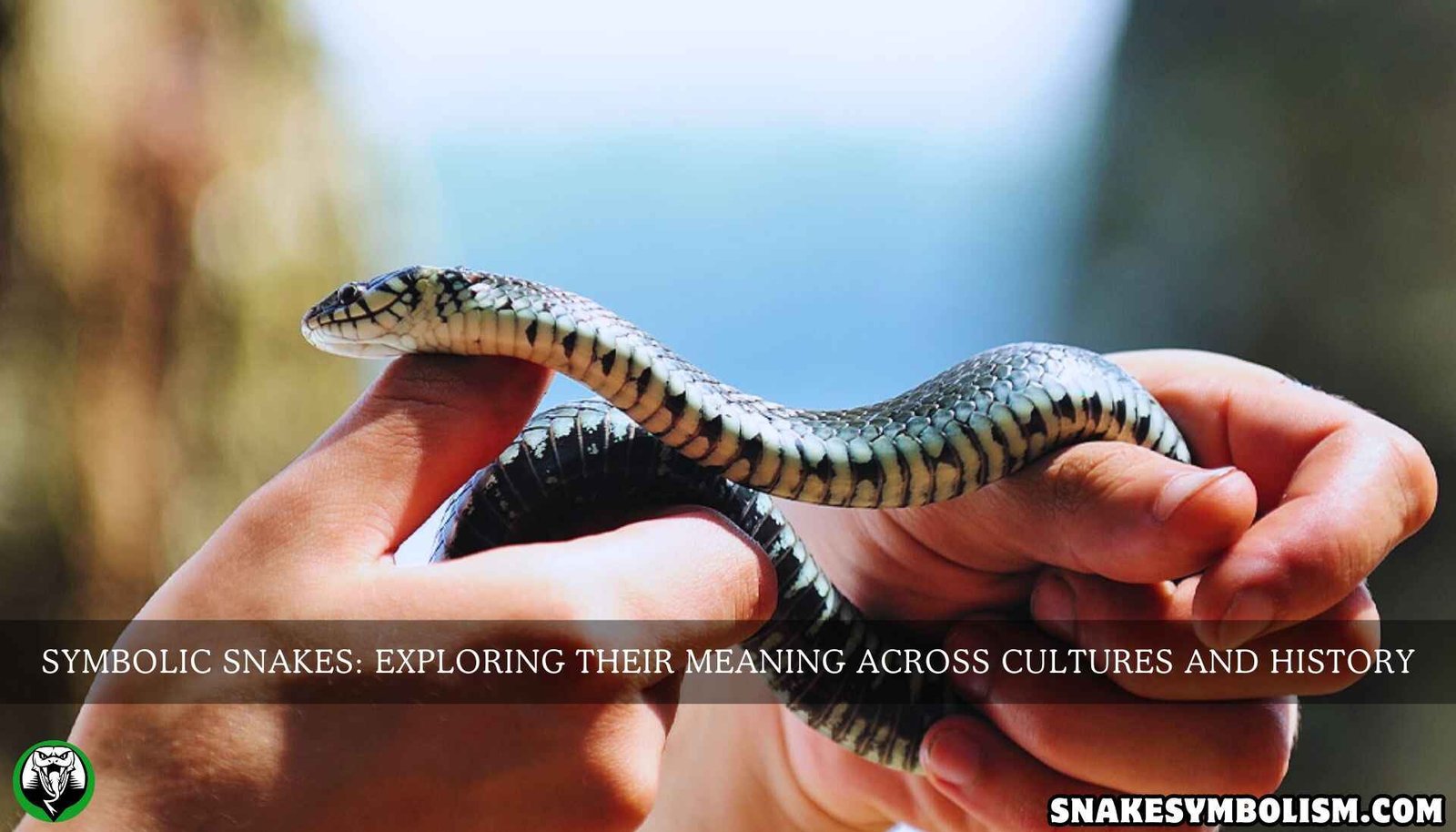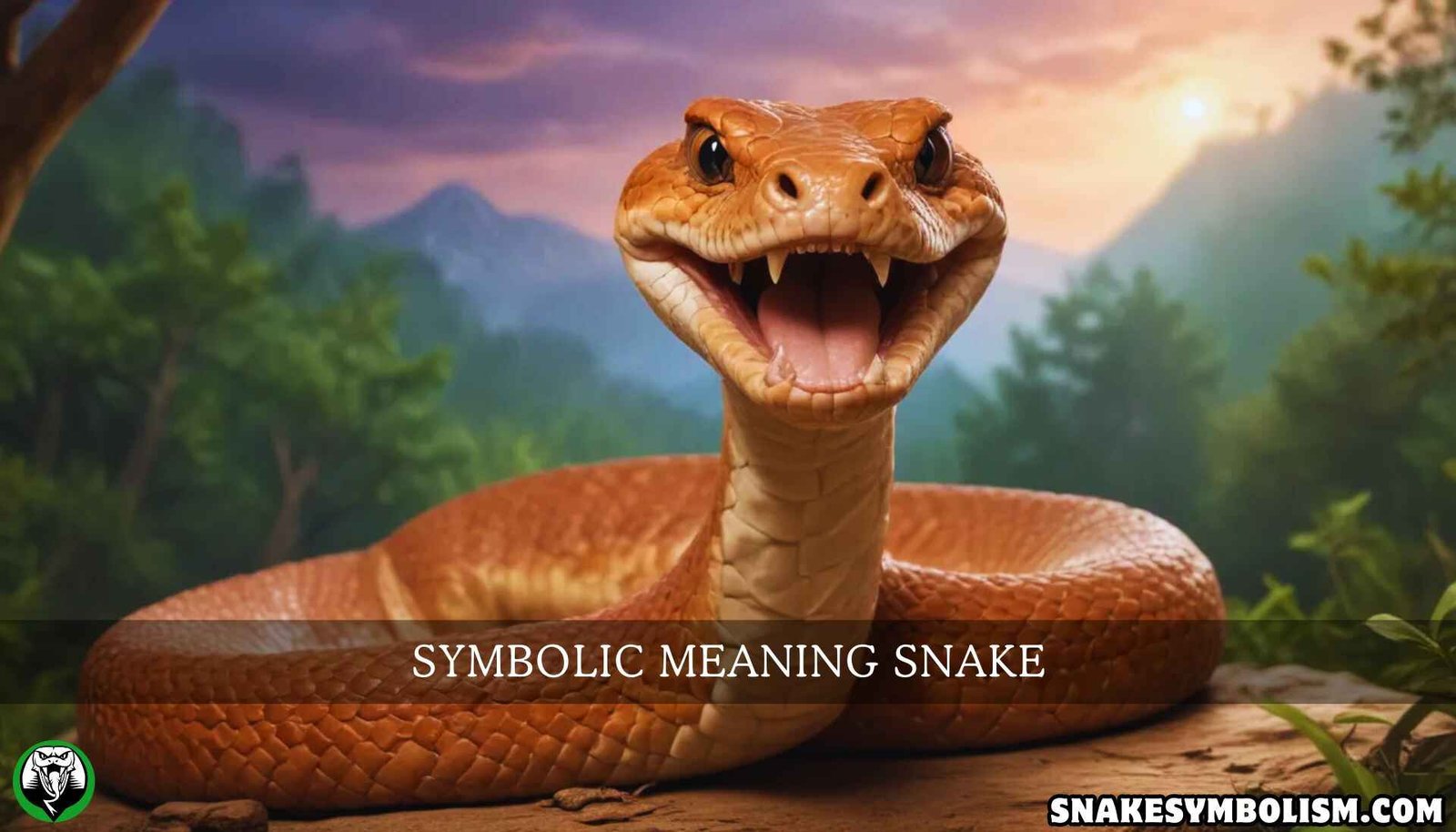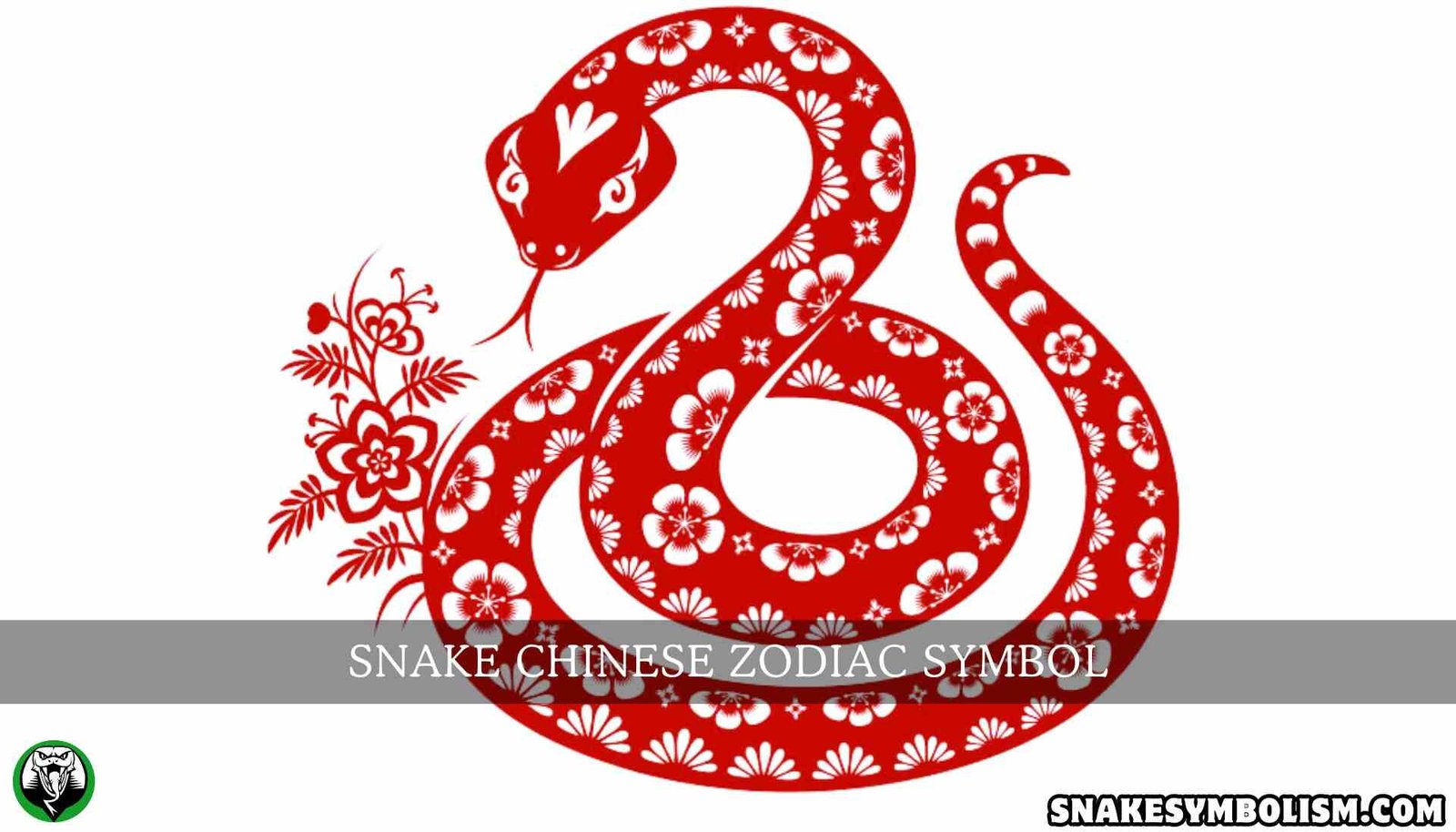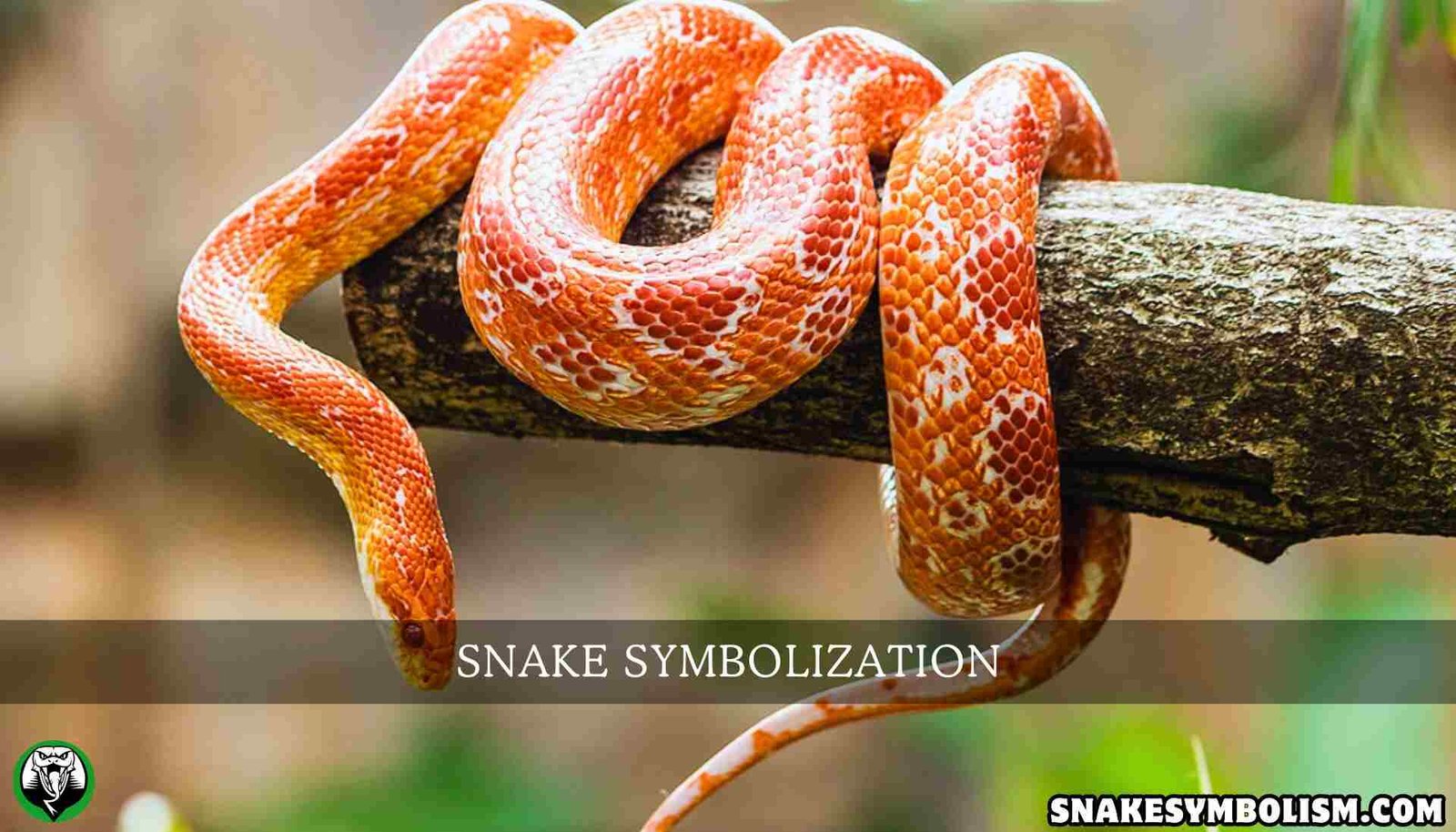Introduction
The Tattoo culture is not only about beautifying the body; it is about conveying important messages and events. Perhaps one of the most common and one of the strongest motifs in the tattoo world is the snake. It is a very ancient animal that has been worshipped and feared in almost all cultures. Its meaning and the myths associated with it. It is linked with ideas of resurrection, metamorphosis, and strength. That is why it remains, to this day, a very popular tattoo.
A snake tattoo on an individual may mean something different according to its cultural or personal purposes. In any form, a snake appears it is wound around the sword, slinked around a tree, or coiled as an elongated body or any other structural injection. In this article, we will look at the concept of a snake in the history of tattoo art, why it is so often depicted, and what meaning it carries within human society.
The Symbolism of Snakes: Genre Analysis
Ancient Civilizations
The snake as a symbol has been accorded great significance from ancient Egyptians to Greeks. Coming from Ancient Egyptian mythology the snake was a symbol of kingship and godly power. The wolf snake or uraeus was a headdress worn by Pharaohs as a mark of authority and protection.
In Greece, snakes had the meaning of curing diseases and rejuvenation. The staff of the Roman physician Asclepius was made with a snake and became the emblem of the medical profession. Snakes are well known for the act of cutting off their old skin, a notion that has always been associated with a new beginning or metamorphosis.
Eastern Symbolism
In Eastern countries, especially China and Japan, snakes hold other meanings. According to the Chinese zodiac, the snake signifies two of the twelve beasts and is associated with wisdom and intelligence. It is frequently linked to the idea of the wisdom and developmental changes of the body.
In Japan, snakes are both worshipped and hated. They are considered to be protectors, especially from evil spirits. However, the snake also has negative connotations as it is generally presented with Yakuza or strong warriors.
Christianity and the West
The symbolism of a snake in Christian art is generally negative; it connotes temptation and evil, an example being the serpent in the Garden of Eden. To some, this more sinister side of a snake appeal makes it a symbol of disorder, lies, and the baser instincts of humanity.
In contrast, the depictions of snakes in tattoos in the West in these modern days prefer the redeeming qualities of the snake such as its strength, mystery, and transformation.
The Spiritual and Psychological Meaning of Snake Tattoos
Transformation and Rebirth
One of the most common meanings of a snake tattoo is rebirth and transformation. Since, snakes are associated with shedding skins, and therefore, are regarded as transfiguring bearers, the tattoo is common amongst those who are making or have made drastic changes in life or would like to represent a change.
Whenever a person is recuperating from an ordeal or is about to step into something new, a snake tattoo will remind them of their strength and flexibility.
Protection and Guardianship
Also, for some non-indigenous peoples snakes have been symbolic of guardianship. Because of their magico-religious qualities, snakes were guardians of many sacred places in many societies. Some people get snake tattoos with intentions of protection particularly towards people or things they hold dear and appreciate.
Coiled snake tattoos, especially those that wrap around an object, are often viewed as guardians of whatever they encompass.
Wisdom and Knowledge
Snakes have always been associated with wisdom and knowledge. Because a snake can crawl without a sound and can hide somewhere and watch, it has also become a symbol of concealment and enigma. Such tattoo designs are often opted for by people who desire to pursue knowledge or who seek to have a deeper understanding of their surroundings.
Duality of Good and Evil
The duality of the snake in many cultures represents the idea of life and death, creation and destruction, and good and evil in the outcome. This is what makes the snake tattoos intricate and multi-dimensional, often bearing the duality of ambition and mundane activities of man. For people who are aware of the importance of accepting the good along with the bad, the love and hate components, the light and the shadow, the snake can also be a loved one.
Temptation and Desire
Several people consider snakes as the representation of lust and temptation as their mind relates to the biblical serpent and Eve. Some people who uphold most of such views might resolve to have a snake tattoo as a reminder of the seductive and complex dimensions of oneself.
Read Previous – What Does a Snake Symbolize
The Most Sought-after Snake Tattoo Designs and Their Significance
Coiled Snake
One of the most standard tattoo designs is the coiled snake tattoo. This design can imply possible strength as the snake is in a position to pounce. It symbolizes safety, vigilance, strength, and wisdom as well as those of the bearers.
Snake and Skull
A snake and a skull tattoo is a means of tattooing that depicts a snake and a skull with a hat on it with themes extensive on death, rebirth, and nature. This design appeals to people who are fond of the notion of life after death or merging death with life.
Snake and Rose
A snake and a rose are often interpreted as art education of disturbing themes of desire or temptation, sensuality, and coexistence of risk with beauty. This tattoo combines the harmful aspect of the snake with the subtle and beautiful aspects of the rose representing the vice and virtue of pleasure.
Snake and Dagger
Relatively popular images of this fashion involve a snake that is coiled around the handle of a sword. This design represents bravery and fearlessness, with determination to vanquish enemies as one of the aims. It shows equilibrium between all the hardships, physical or emotional.
Infinity snake (Ouroboros)
The ouroboros or snake consuming its tail is a symbol that signifies limitlessness, the wheel of life, to anis the preciousness of time. It implicates inextinguishable and self-renewable qualities, which is very popular even to tattoo enthusiasts who believe in changing themselves regularly.
Two-Headed Snake
The two-headed snake tattoo can express elements of dualism/existence of two mutually conflicting yet interdependent entities. It’s a mark for those people who accept that in their lifetime there exists the principle of opposing forces; good and evil, light and shadow, rational and emotional.
Deciding Where to Place a Snake Tattoo
Picking a place to have your tattoo done is crucial because it affects the impression that the tattoo looks. The versatility of snakes also means that they can be done at different sites in the human body. Below are some of the preferred places to put it:
Arm/ Forearm: An arm snake tattoo is a design where a coiled snake tattoo that resembles the natural curves of your arm or a wrapped snake tattoo is common because of the endless design choices both big and small.
Back: This antic body part accommodates more elaborate intricate designs for instance a patterned snake curling up or snake patterns and other images.
Leg/ Thigh: This body part affords well-defined exposed shapes, therefore it is suitable for longer snake tattoos or snake or serpent twisting around the leg.
Neck: A snake that encircles the neck may be fearfully associated with dominance and security, however, there’s always a risk in placing the object in that area given its elevated position.
Conclusion
Snake tattoos will never go out of style as they tap into some of the most primal and nuanced elements of the human experience. They can be rebirth and transformations, protection or temptations, wisdom, and even seduction. The fact that snake designs can be almost limitless means that every tattoo has a history of the owner – both unspoken and spoken, as well as the hardships and victories he or she has endured in life.
For those who feel the call of snakes in a more mystical way, a snake side tattoo is not just another piece of art on a body, but an emblem of incredible evolution, power, and comprehension.
FAQ’S
Q: What does a snake tattoo mean?
A: There can be several meanings associated with a tattoo of a snake such as change, resurrection, guardianship, insight, attraction, and even pyromania. However, the meaning is mainly dependent on the society on a granule level or a degree to which it is personal.
Q: Is having a snake tattoo considered a bad thing?
A: Since snakes are dangerous and synonymous with evil in certain societies, other societies associate them with wisdom and regeneration. It is worth noting that the meaning attached to the snake tattoo is a personal experience and can either be seen positively or negatively based on the individual.
Q: Where would you consider the best placement for a snake tattoo?
A: The placement of a snake tattoo mainly depends on the design in question. Arm, forearm, back, or leg are some of the common placements so that the snake’s natural curves rest on the body perfectly.
Q: What does the coiled snake tattoo happen to mean?
A: A coiled snake tattoo is widely known to affiliate with potential energy, self-defense, and preparedness for action. This image can also suggest vigilance and power.
Q: What is the underlying meaning of the tattoo Ouroboros (snake eating her own tail)?
A: Ouroboros tattoo alternatively refers to forever, the circle of life and death with a new birth in due course, and the cycle of adaptation and change.
Stay connected and updated with – SnakeSymbolism!






